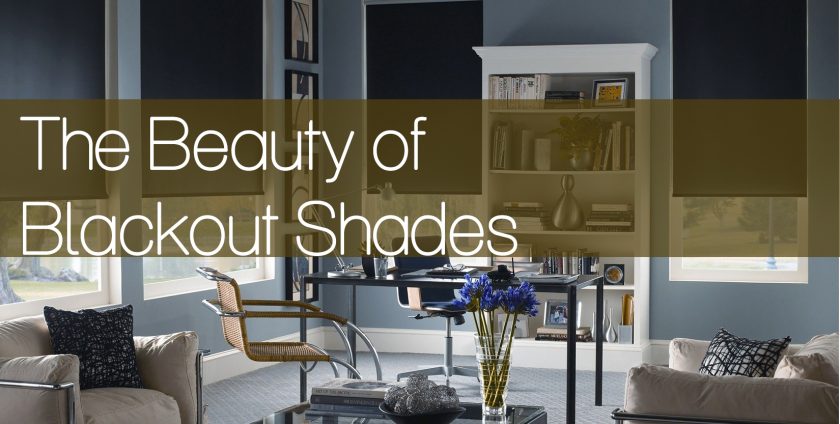
Blackout Shades serve an important purpose. Good blackout shades will block the amount of light they claim to, but proper installation is key, which is where we come in. Even the best blackout shades can suffer from the dreaded “light halo,” which occurs when small slivers of light seep in around the sides of a shade. Cellular shades are often the most effective at blocking light. These shades are constructed with either a single or double layer of hollow cells, which not only block light, but also improve insulation and muffle noise. Roller shades tend to let light in through a gap between the mounting hardware and the top of the shade. To achieve true blackout with this style, you’ll generally need to mount them above the window frame or use a valance. Woven-wood shades usually require a liner to keep out light.
You can get expert guidance with value for your home or business. The simplest blackout shades cost as little as 80¢ per square foot, while the highest-end shades run up to 20 times that. Inexpensive shades—such as the pleated paper kind—tend to be less durable, let more light pass through, and use lower-quality materials. Expensive blackout shades often have superfluous features such as smart-home functionality or high-end finishes. Although our experts recommend investing in motorized lifts (custom models often offer this upgrade), they add a considerable amount to the total cost.
Proper installation is key in preventing light from seeping in around the sides of a shade. Back to us, your right hand for this job.
How they look
Come in a range of sizes and colors: Most shades we considered come in dozens of sizes, with the majority ranging from at least 14 inches in width by 12 inches in length to 72 inches in width by 72 inches in length. A more limited range in size and/or color means the shade might not work as well in your home.
